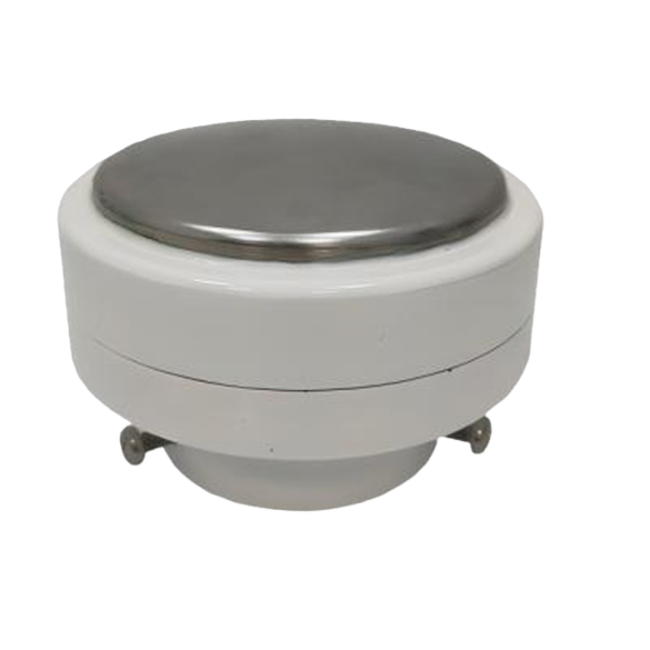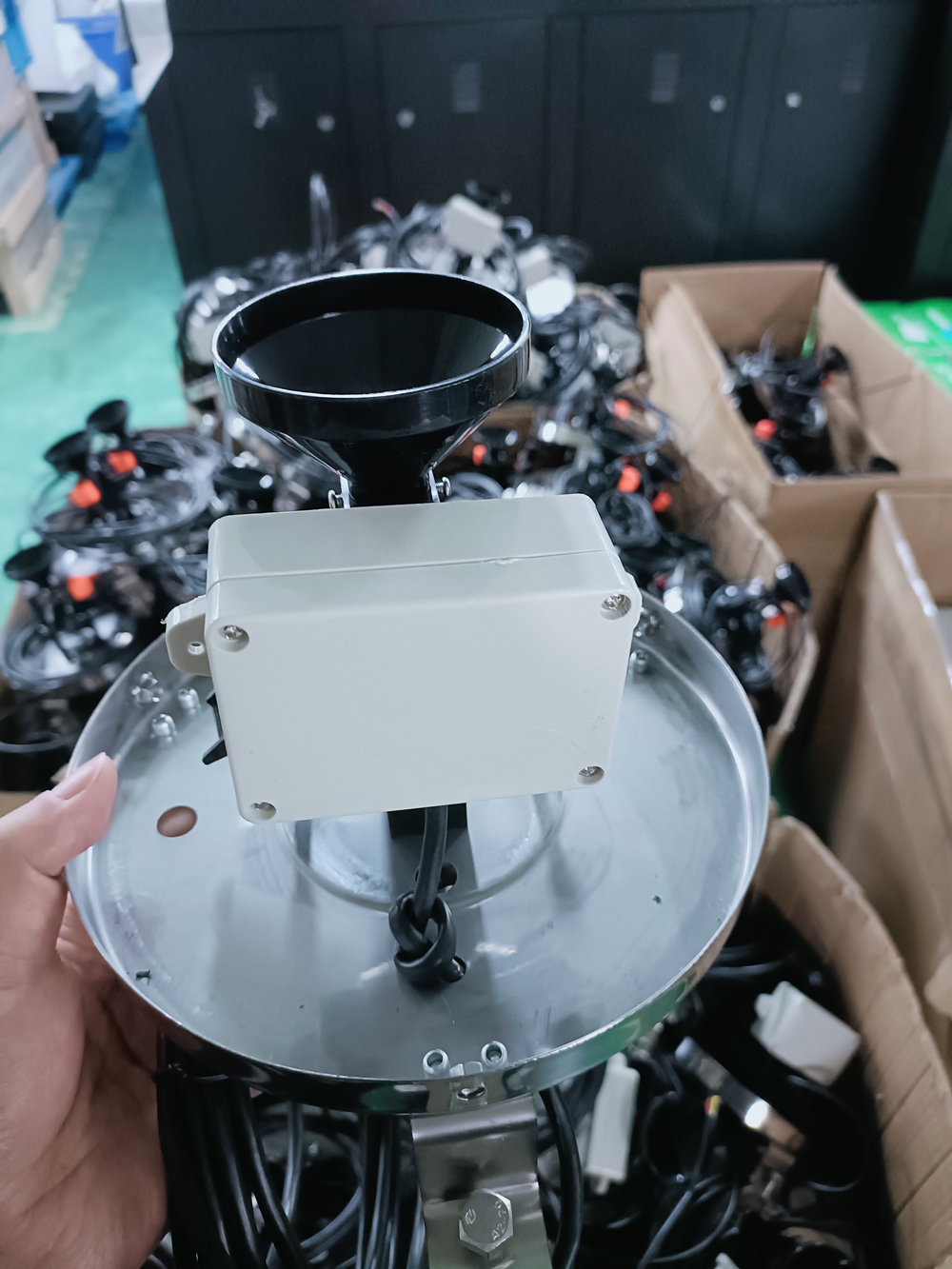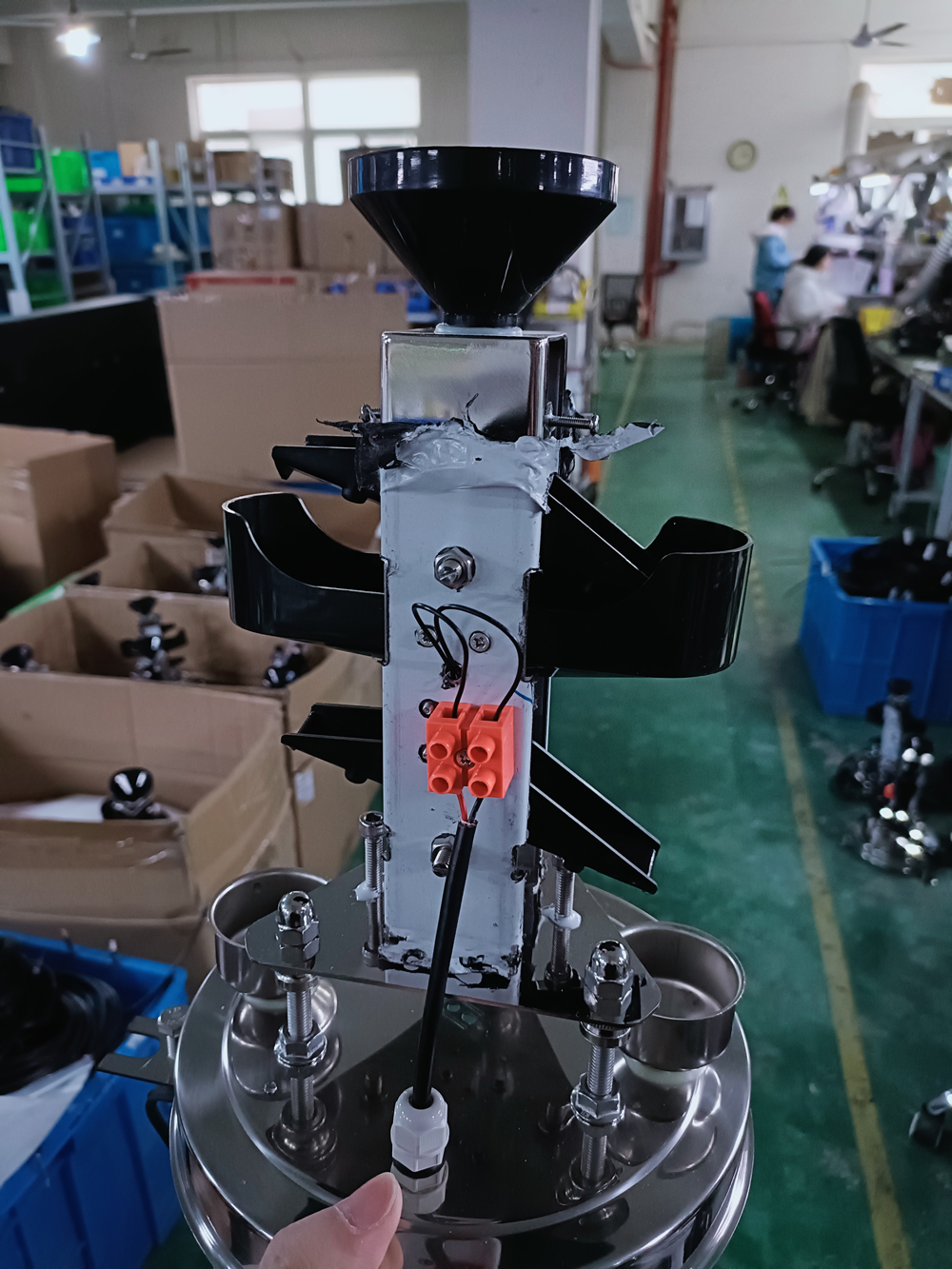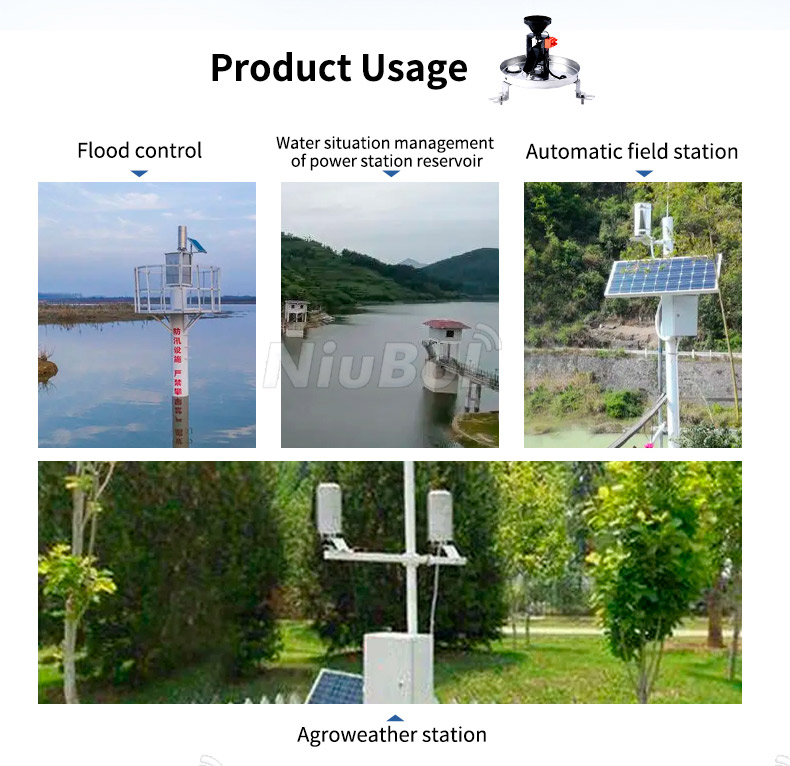

— Blogs —
—Products—
 Consumer hotline +8618073152920
Consumer hotline +8618073152920 WhatsApp:+8615367865107
Address:Room 102, District D, Houhu Industrial Park, Yuelu District, Changsha City, Hunan Province, China
Product knowledge
Time:2024-10-24 14:42:38 Popularity:643
A rain sensor is a device used to measure rainfall, which plays an important role in many fields such as meteorological monitoring, hydrological monitoring, flood and drought control, and agricultural irrigation. Rainfall sensors are capable of converting rainfall information into electrical signals or other recognizable forms of signals, thus realizing real-time monitoring and recording of rainfall. In the Internet of Things, rainfall sensors are usually used in conjunction with other devices (such as data collectors, data transmission devices, etc.) to form a rainfall monitoring system.
Rain sensors work on a variety of principles, commonly including tipping bucket, weighing type, piezoelectric and optical type. These different types of sensors in the measurement of rainfall using different technologies and methods:
- Bearing and collection: Rainwater first enters a funnel shaped rain collector through the bearing opening, ensuring that it is evenly and efficiently directed to the metering section.
- Metering Hopper Design: At the heart of this is a sophisticated hopper structure which is divided into two symmetrical chambers. When one side receives a certain amount of rainwater (typically 0.2mm or 0.5mm of rainfall), it flips over due to gravity, emptying the water while switching to the other side to continue collecting rainwater.
- Signal Conversion: Each flip of the tipping bucket touches a built-in magnet or reed switch, generating an electrical signal. This electrical signal represents a certain amount of rainfall that can be recorded and transmitted wirelessly to the IoT system.
- Continuous monitoring: This process continues as the tipping bucket constantly switches between two states, with each flip representing a cumulative amount of rainfall.
- Working Principle: Utilizing the principle of weighing, the amount of rainfall is deduced by measuring the weight of the collected rainwater. This type of sensor is suitable for occasions where high precision measurement is required, but may produce errors due to sensitivity problems during light rainfall.
- Working Principle: Utilizing the piezoelectric effect, an electrical signal is generated when a raindrop falls on the sensor. The amount of rainfall is deduced by measuring the magnitude of the electrical signal. These sensors offer a highly accurate and virtually maintenance-free solution, and are particularly suitable for automation and remote monitoring systems.
- Principle of operation: Rainfall is estimated by measuring the scattering or absorption of light by raindrops. For example, the infrared scattering rain sensor uses infrared transmitters and receivers to measure the scattering of infrared raindrops to determine the amount of rainfall.

- Measuring range: usually 0mm to 100mm or higher, covering a variety of situations from trace rainfall to heavy rain.
- Measurement accuracy: ±0.1mm to ±1.0mm, depending on the sensor type and application scenario.
- Resolution: 0.1mm to 0.5mm for accurate recording of rainfall.
- Output method: Supports wired connection (e.g. Ethernet, RS-485) and wireless connection (e.g. Wi-Fi, Bluetooth, LoRa, NB-IoT, etc.).
- Power supply: DC 5V to 24V, adapting to a variety of power supply environments.
- Power Consumption: Low power consumption design, suitable for long time operation in the field or remote monitoring points.
- Operating temperature: -20℃ to 60℃, adapting to various environmental conditions.
- Operating humidity: <100% relative humidity, to ensure that in high humidity environment can still work normally.

- Purpose: The use of rainfall sensors in the weather station can be real-time monitoring of rainfall, rainfall intensity and rainfall start and end time and other meteorological information, to provide accurate data support for weather forecasting.
- Purpose: The use of rainfall sensors in hydrological stations can monitor the rainfall of rivers, lakes and other water bodies, providing an important basis for hydrological forecasting and water resource management.
- Purpose: In flood and drought control, rainfall sensors can monitor the rainfall situation in real time, to provide early warning information for the relevant departments to help people take timely measures to deal with floods or drought and water shortage.
- Purpose: In agricultural irrigation, rainfall sensors can monitor rainfall and soil moisture in real time, provide data support for intelligent irrigation systems, and realize water-saving irrigation and precision irrigation.
- Purpose: It is used in the monitoring of urban drainage system to prevent flooding and optimize the allocation of water resources.
- Purpose: Real-time monitoring of road waterlogging, providing important reference for traffic management and scheduling.
- Use: acoustics research, noise pollution teaching experiments.
- Purpose: tracking long-term precipitation patterns, providing data support for climate change research.

- Characteristics: The use of advanced measurement technology and algorithms can realize the high-precision measurement of rainfall.
- Characteristics: able to monitor the rainfall situation in real time, to provide timely data support for the relevant departments.
- Characteristics: The sensor structure is reasonably designed and can operate stably for a long time without being affected by environmental factors.
- Characteristics: the sensor is simple and convenient to operate, easy to install and maintain.
With the continuous development of IoT technology, the rain sensor is also developing in the direction of intelligence and integration:
- Data processing: the sensor is capable of automatic data processing, analysis and early warning to improve the efficiency and accuracy of the monitoring system.
- Remote management: through the IoT platform, users can remotely monitor and manage rain sensors, realize remote configuration and fault diagnosis.
- Multi-sensor fusion: the sensor can be integrated with other environmental sensors (e.g. temperature, humidity, wind speed, etc.) to build a comprehensive environmental monitoring system.
- System linkage: linkage with automated irrigation system, drainage system, etc. to realize intelligent management.

Although rain sensors play an important role in IoT, they still face some technical challenges:
- Challenge: How to improve the stability and reliability of the sensor to reduce the failure rate and maintenance costs.
- Solution: Adopt advanced materials and processes to improve the durability and anti-interference ability of sensors.
- Challenge: How to optimize the data transmission method to improve the efficiency and safety of data transmission.
- Solution: Optimize data transmission protocols and algorithms, and use encryption technology to protect data security.
- Challenge: How to further reduce the power consumption of sensors to extend their service life.
- Solution: Adopt low-power design and technology, such as sleep mode and energy recovery technology.
Summarize
Rain sensor in IoT is an important weather monitoring device with a wide range of application scenarios and technical advantages. With the continuous progress of technology and increasing application demand, rain sensor will play an important role in more fields and bring more convenience and protection to people's production and life. Choosing our rainfall sensors means choosing an accurate, reliable and efficient rainfall monitoring solution that provides strong support for your environmental monitoring and management.
NBL-W-RS-Tipping-bucket-rain-gauge-instruction-manual-0.5mm.pdf
NBL-W-ARS-Tipping-bucket-rain-gauge-instruction-manual.pdf
NBL-W-RS-Rain-sensors-instruction-manual-V4.0.pdf
NBL-W-DRS-Double-Tipping-Bucket-Rain-Sensor-Instruction-Manual.pdf
Related recommendations
Sensors & Weather Stations Catalog
Agriculture Sensors and Weather Stations Catalog-NiuBoL.pdf
Weather Stations Catalog-NiuBoL.pdf
Related products
 Combined air temperature and relative humidity sensor
Combined air temperature and relative humidity sensor Soil Moisture Temperature sensor for irrigation
Soil Moisture Temperature sensor for irrigation Soil pH sensor RS485 soil Testing instrument soil ph meter for agriculture
Soil pH sensor RS485 soil Testing instrument soil ph meter for agriculture Wind Speed sensor Output Modbus/RS485/Analog/0-5V/4-20mA
Wind Speed sensor Output Modbus/RS485/Analog/0-5V/4-20mA Tipping bucket rain gauge for weather monitoring auto rainfall sensor RS485/Outdoor/stainless steel
Tipping bucket rain gauge for weather monitoring auto rainfall sensor RS485/Outdoor/stainless steel Pyranometer Solar Radiation Sensor 4-20mA/RS485
Pyranometer Solar Radiation Sensor 4-20mA/RS485
Screenshot, WhatsApp to identify the QR code
WhatsApp number:+8615367865107
(Click on WhatsApp to copy and add friends)